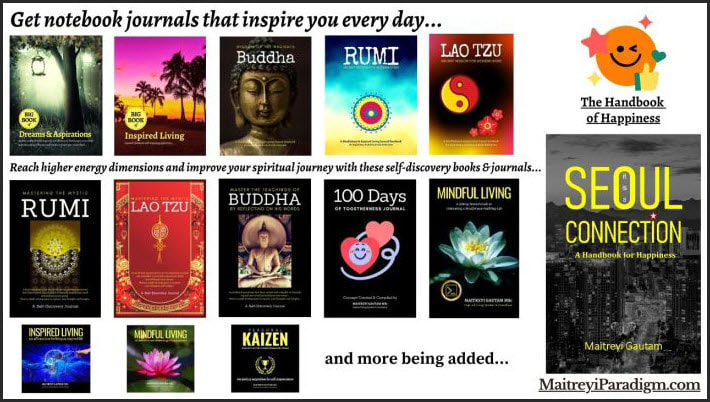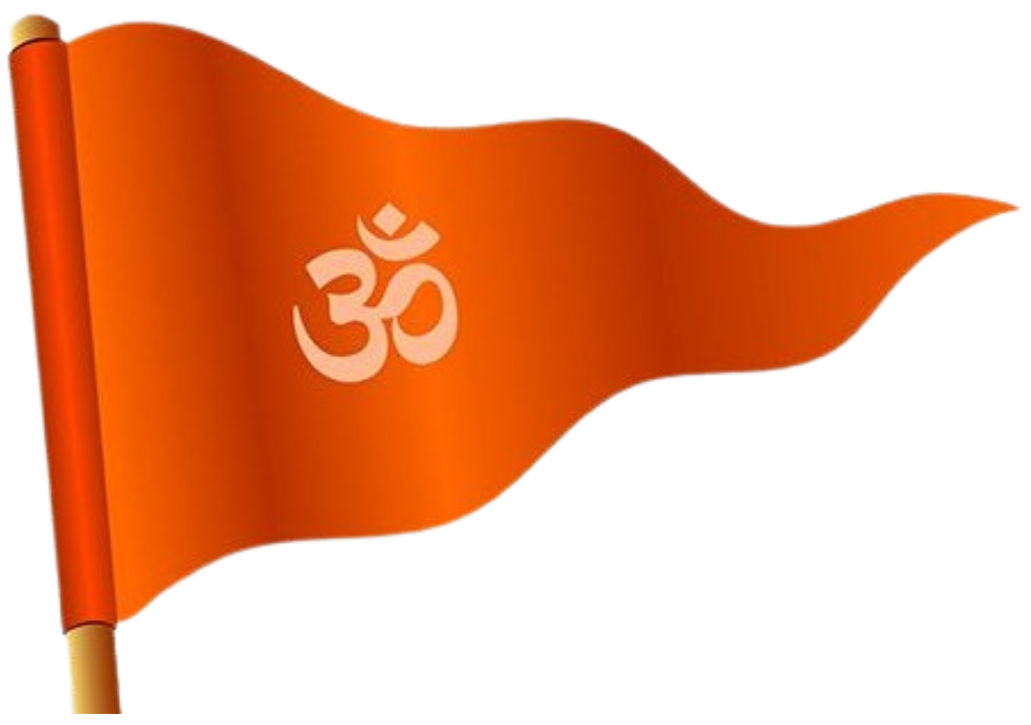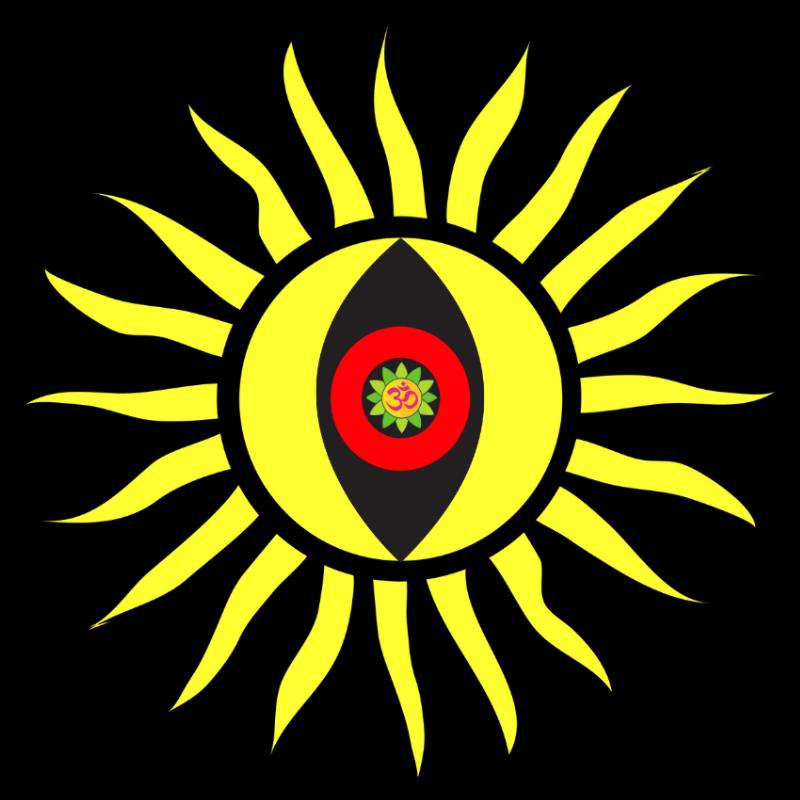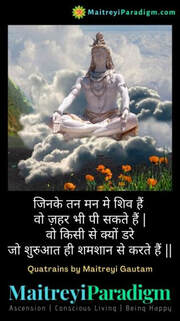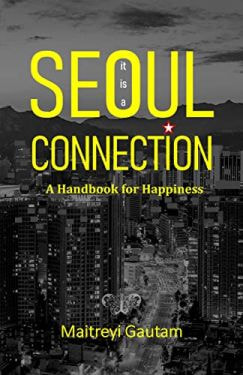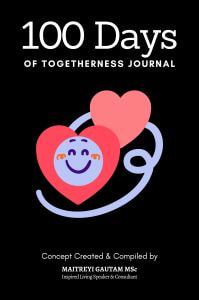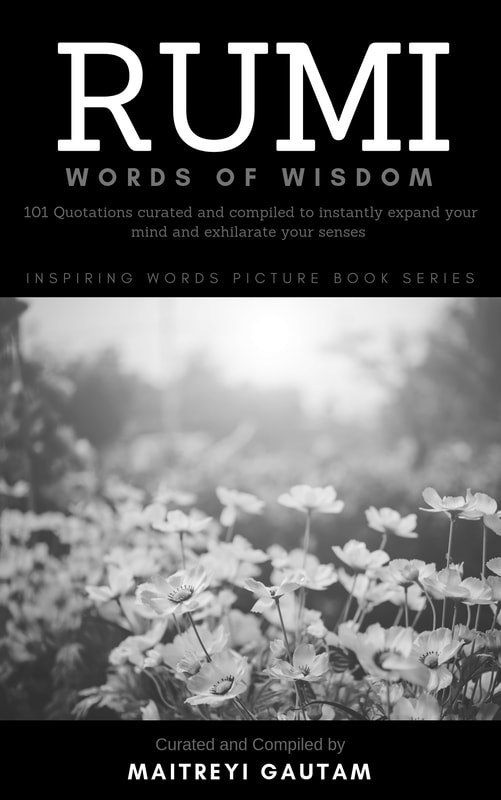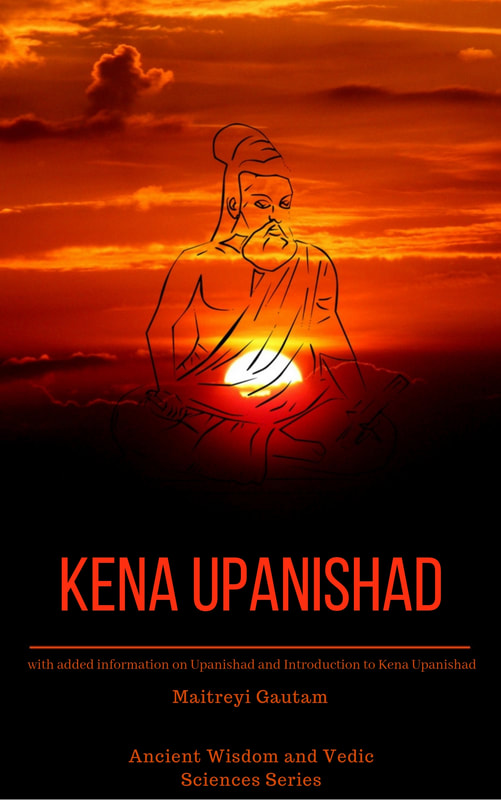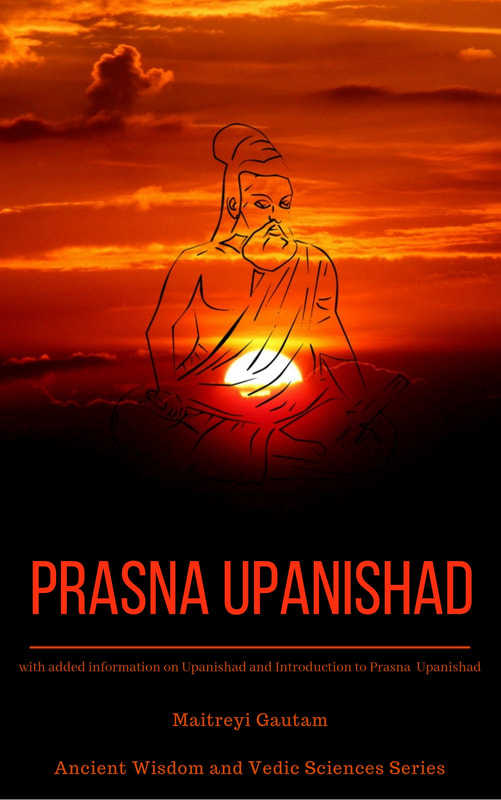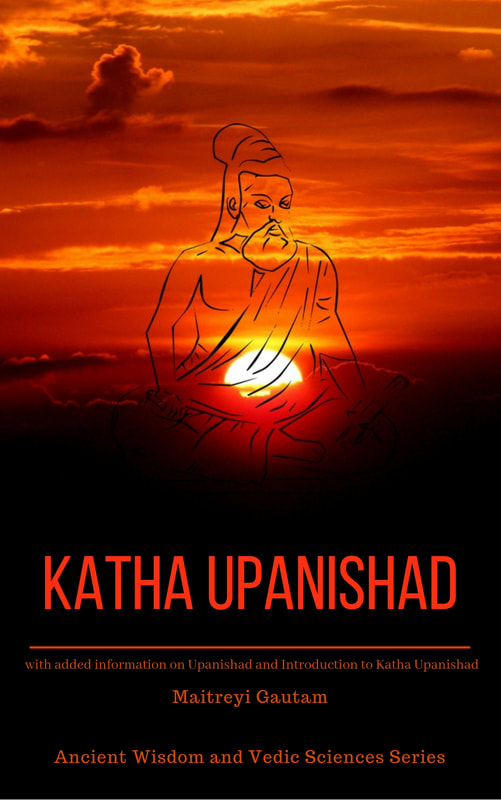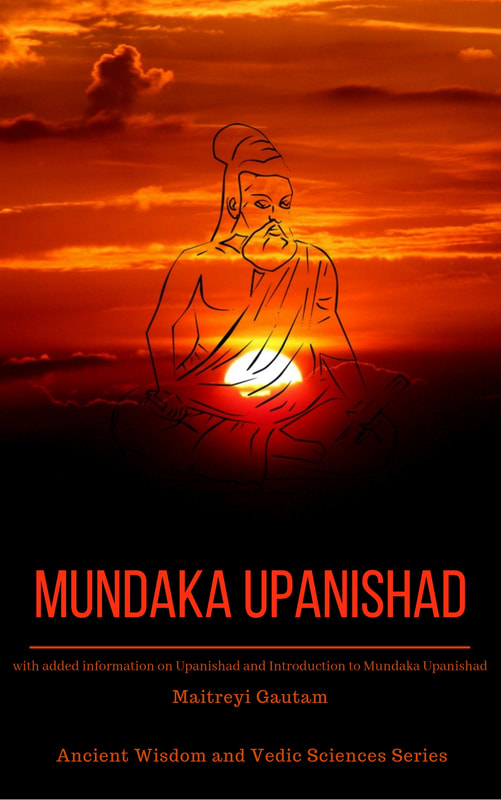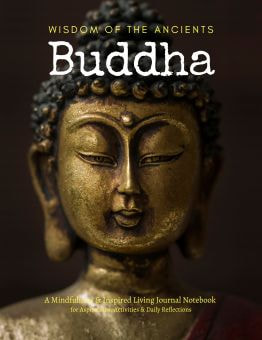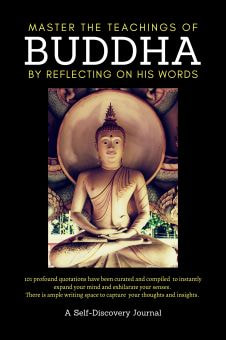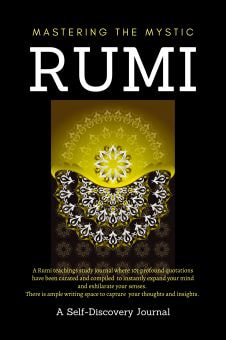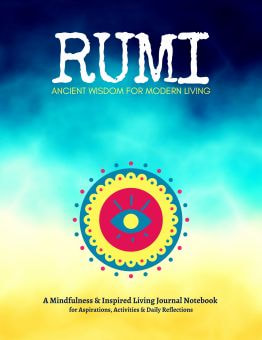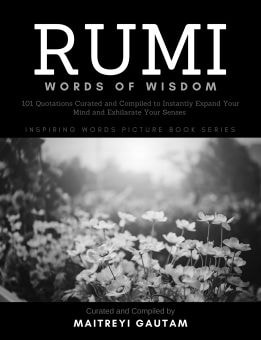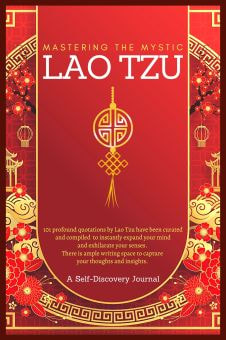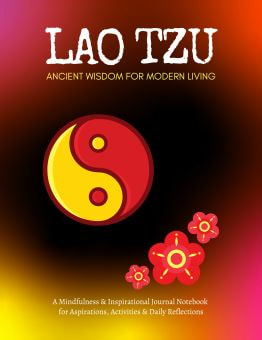Introduction: What are Maha-Vaakyas?Maha-Vaakyas, or "great sayings," are essential philosophical statements in the ancient Sanskrit language, derived from the Upanishads, which are the foundational scriptures of Vedanta philosophy. These Maha-Vaakyas encapsulate the profound wisdom of the Vedas and succinctly convey the non-dualistic, or Advaita, understanding of the ultimate reality, Brahman, and its relationship to the individual self or Atman. Each of the four Vedas - Rigveda, Yajurveda, Samaveda, and Atharvaveda - has a Maha-Vaakya associated with it, reflecting the core teachings of | |
Vedanta in different ways.
The Four Main (principle) Maha-Vaakyas
1. "Prajnanam Brahma" (Rigveda, Aitareya Upanishad): This Maha-Vaakya translates to "Consciousness is Brahman." It emphasizes that the ultimate reality, Brahman, is not an external, separate entity but is the very essence of consciousness itself.
This statement reveals that the highest wisdom lies in realizing that the nature of the ultimate reality is pure consciousness, which pervades everything in existence.
This statement reveals that the highest wisdom lies in realizing that the nature of the ultimate reality is pure consciousness, which pervades everything in existence.
2. "Aham Brahmasmi" (Yajurveda (Shukla), Brihadaranyaka Upanishad): This Maha-Vaakya translates to "I am Brahman." It establishes the fundamental identity of the individual self, or Atman, with the ultimate reality, Brahman.
In this statement, the "I" does not refer to the limited, ego-bound self but rather to the pure, unconditioned consciousness that underlies all existence. Recognizing this inherent unity with Brahman is the key to spiritual liberation.
3. "Tat Tvam Asi" (Samaveda, Chandogya Upanishad): This Maha-Vaakya translates to "You are That." It is a powerful declaration of the essential oneness of the individual self (Tvam) with the ultimate reality (Tat).
Often shared as a teaching from a guru to a disciple, "Tat Tvam Asi" serves as an instruction to look within and recognize the divinity that exists in every being. By realizing this unity, one transcends the illusion of separateness and attains spiritual liberation.
4. "Ayam Atma Brahma" (Atharvaveda, Mandukya Upanishad): This Maha-Vaakya translates to "This Self is Brahman." It reinforces the concept that the true nature of the individual self (Atman) is identical to the ultimate reality (Brahman).
This statement encourages seekers of truth to look beyond the superficial layers of their identity and realize the divine essence that lies within.
In this statement, the "I" does not refer to the limited, ego-bound self but rather to the pure, unconditioned consciousness that underlies all existence. Recognizing this inherent unity with Brahman is the key to spiritual liberation.
3. "Tat Tvam Asi" (Samaveda, Chandogya Upanishad): This Maha-Vaakya translates to "You are That." It is a powerful declaration of the essential oneness of the individual self (Tvam) with the ultimate reality (Tat).
Often shared as a teaching from a guru to a disciple, "Tat Tvam Asi" serves as an instruction to look within and recognize the divinity that exists in every being. By realizing this unity, one transcends the illusion of separateness and attains spiritual liberation.
4. "Ayam Atma Brahma" (Atharvaveda, Mandukya Upanishad): This Maha-Vaakya translates to "This Self is Brahman." It reinforces the concept that the true nature of the individual self (Atman) is identical to the ultimate reality (Brahman).
This statement encourages seekers of truth to look beyond the superficial layers of their identity and realize the divine essence that lies within.
In conclusion...
The Maha-Vaakyas serve as profound spiritual insights that guide seekers on the path of self-realization. They emphasize the non-dual nature of reality, asserting that there is no distinction between the individual self and the ultimate reality. By contemplating and internalizing these essential truths, one can overcome the illusion of separateness and attain the ultimate goal of spiritual liberation.
These Maha-Vaakyas, while expressed in ancient Sanskrit, continue to resonate with spiritual seekers today, offering timeless wisdom that transcends linguistic and cultural barriers.
These Maha-Vaakyas, while expressed in ancient Sanskrit, continue to resonate with spiritual seekers today, offering timeless wisdom that transcends linguistic and cultural barriers.

